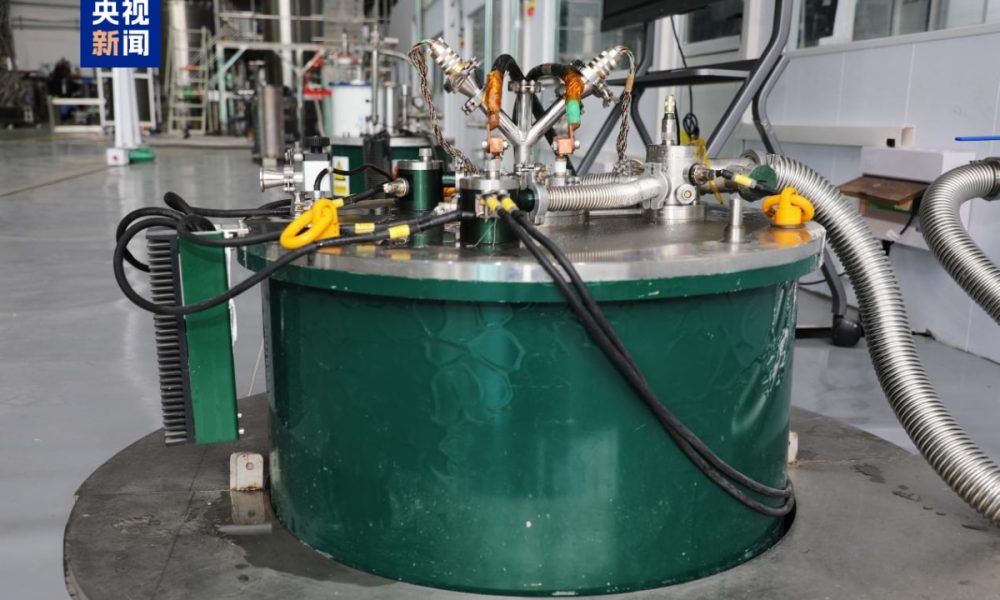China has set a new global benchmark in superconducting technology by generating the strongest continuous magnetic field ever recorded, an astonishing 35.1 tesla (351,000 gauss).
For perspective:
Earth’s magnetic field is just 0.5 gauss, meaning this lab-made field is 700,000 times stronger.
Who Built It?
The achievement is attributed to a team led by the Institute of Plasma Physics under the Chinese Academy of Sciences (ASIPP) in Hefei. They worked with several national science centers and Tsinghua University.
What Does This Mean?
This magnetic breakthrough could accelerate significant advances in:
- Aerospace electromagnetic propulsion
- Nuclear fusion energy
- Magnetic levitation (maglev) transport
- High-efficiency power transmission
- Superconducting induction heating
- MRI and other advanced medical imaging
- Scientific instruments like NMR spectrometers
These technologies rely on potent and stable magnetic fields, something this new system delivers for extended periods.
How They Did It
The magnet uses a dual superconducting system:
- High-temperature superconducting coils nested precisely inside
- Low-temperature superconducting magnets
This combination produces strong, steady fields while reducing energy loss.
During testing:
The system held 35.1 tesla for 30 minutes
It was safely demagnetized afterward
Engineers solved significant challenges like stress concentration and current shielding
Fusion Energy Implications
Superconducting magnets are essential in magnetic confinement fusion, the same technology behind the massive ITER project, in which China is a key partner.
ASIPP has already achieved complete localization of superconducting materials and systems in China, reducing dependence on imports.
What Comes Next?
China’s record-setting magnet is expected to:
Enable next-generation space propulsion research
Advance maglev transportation systems
Support zero-loss power transmission
Boost the superconducting materials industry
Provide stronger platforms for scientific experiments
The Bottom Line
China now holds the world record for the strongest steady-state superconducting magnetic field ever produced, and the breakthrough positions the country at the forefront of technologies that could reshape aerospace, clean energy, transportation, and medicine.


